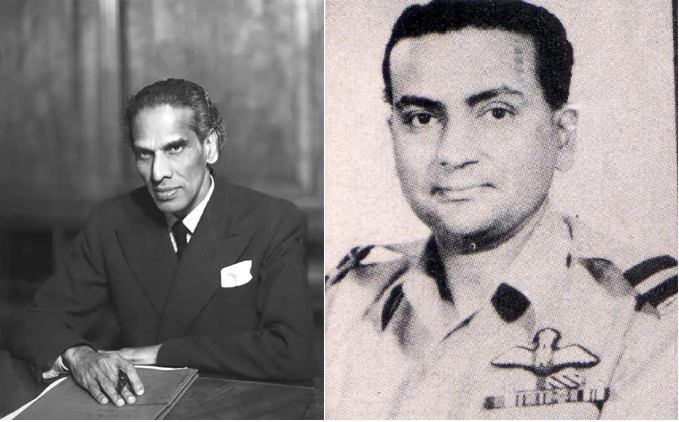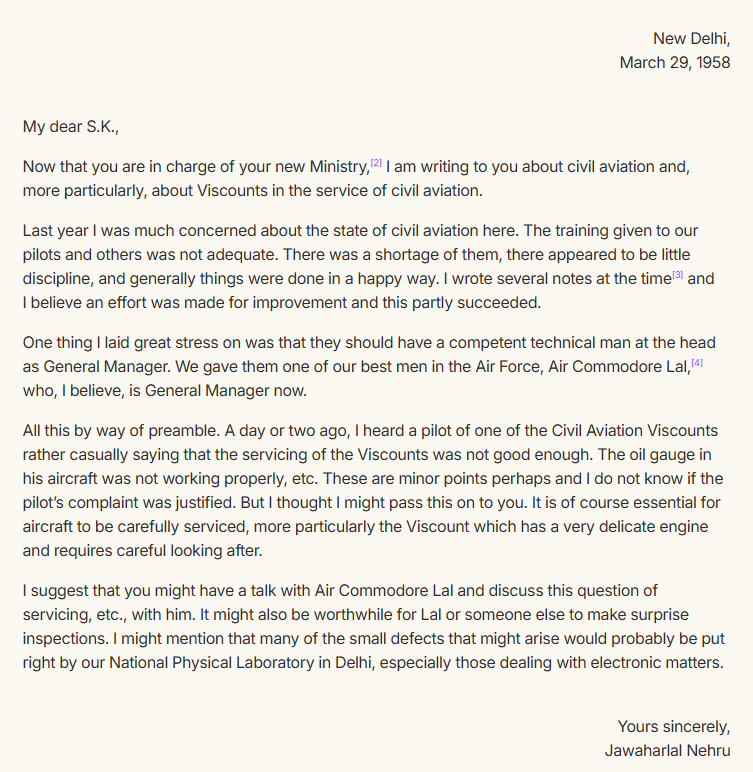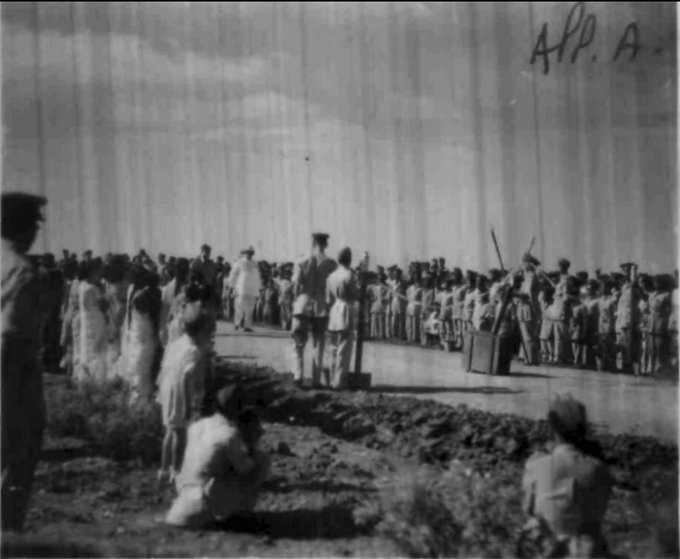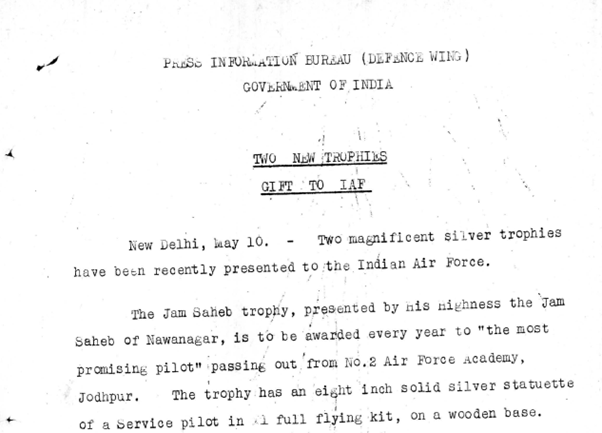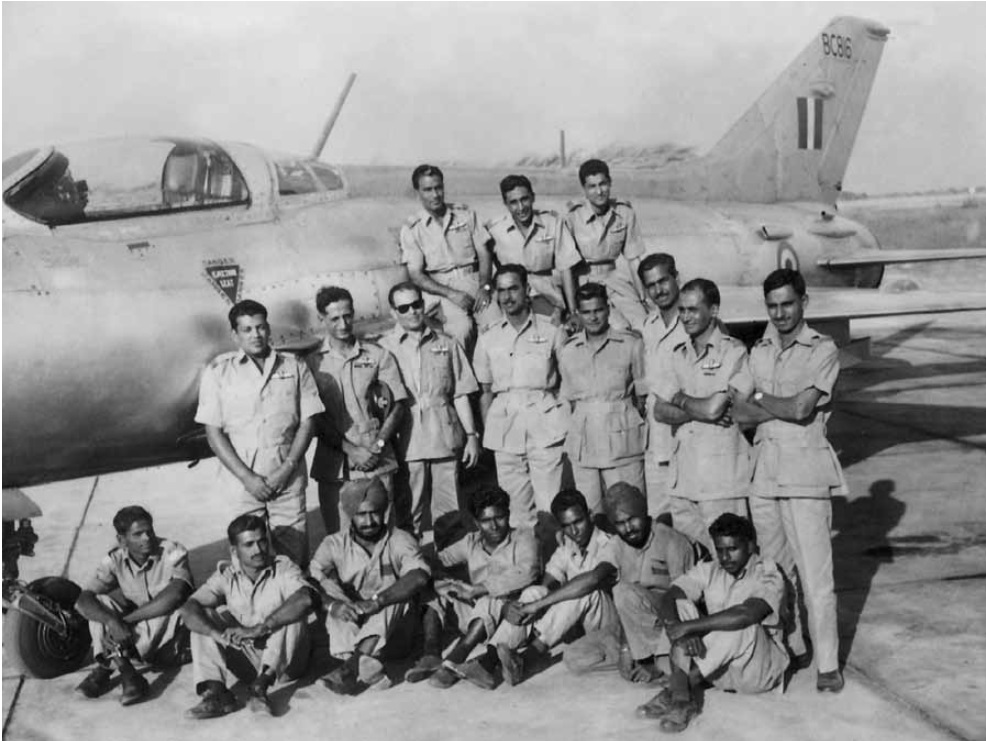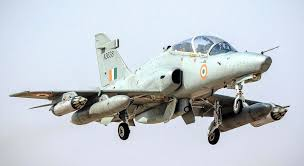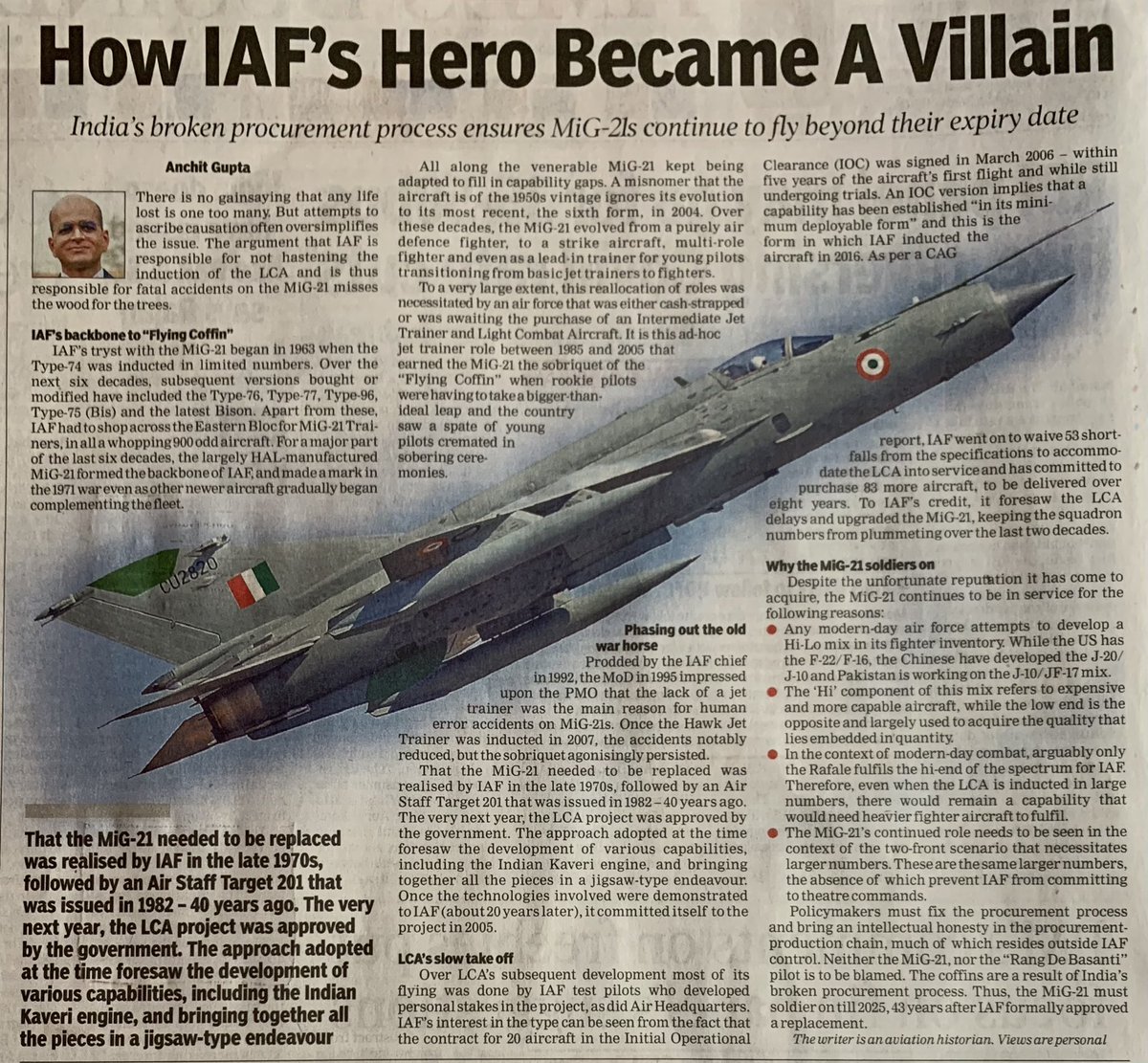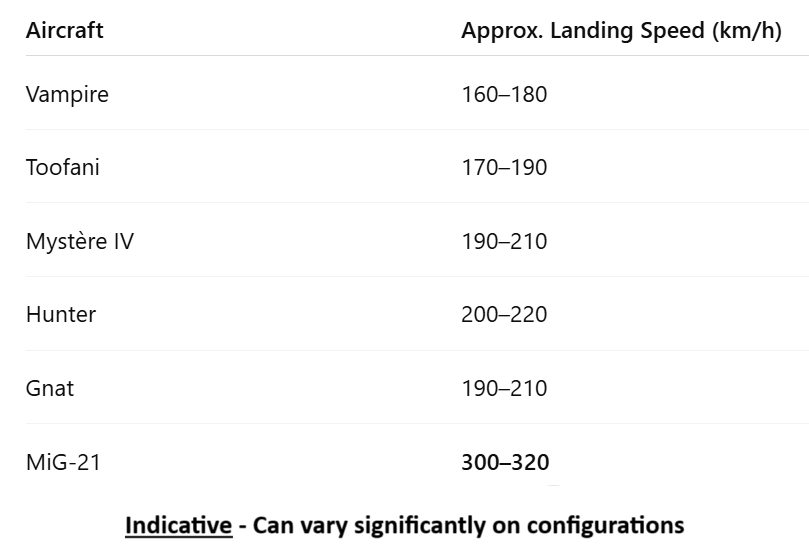1947 Kashmir War - Story of a crashed @IAF_MCC Dakota and the audacious recovery 34 years later. In Oct 1946, 12 Sqn became the first Transport Sqn of the IAF and converted to Dakotas. In Oct 1947, they were called upon to make daring missions into Kashmir. (1/7) 

Srinagar had a Kuccha airstrip with no landing/ nav aids. Flt Lt Clifford Joseph Mendoza was on his first flight in the area. He was flying in maintenance technicians and munitions from Agra to Srinagar to prepare Srinagar Airfield for armed forces during Kabaili Raid. (2/7) 

The ac crashed,was never found. It appeared the pilot lost his way and strayed into Pahalgam after the Banihal Pass. It is believed that the crash occurred following engine trouble, the pilot tried to turn and in the process may have hit a peak. 25 IAF personnel were killed (3/7) 

True to its spirit of never giving up, an IAF expedition discovered an aircraft panel in June 1980 about 15,000 feet AMSL tucked on the side of the
hill in Kishtwar - Pahalgam Area. Armed with this, in Aug 1980, another expedition was sent to find remains and wreckage (4/7)
hill in Kishtwar - Pahalgam Area. Armed with this, in Aug 1980, another expedition was sent to find remains and wreckage (4/7)
This expedition had 7 members, including a medical officer. They searched for 9 days and finally located the Dakota and skeletons of the personnel on board. Only some bones were found, given the 33 year exposure to elements. (5/7) 

The team collected and transported the remains on their backs to a helipad 5 km away. On 11 June 1981, at 5 PM, IAF organized a mass funeral at Nigam Bodh Ghat, Delhi, solemnised by priests of all faiths, and in presence of close relations with full military honors (6/7)
IAF lost 9 officers and 23 other ranks in the 1947 Kashmir War, 3 officers and 22 men on this very sortie on 31 October 1947. A full list of those lost in the crash of MA-965 can be seen here - bharat-rakshak.com/IAF/personnel/… (7/7) 



@manupubby @MandeepBajwa @manaman_chhina
@VishnuNDTV @sneheshphilip @PKRoyIAF @bcchristopher @Rajeev_GoI @TheBrownBeagle @sajaniaf @zone5aviation @SauravChordia1 @vayusena @joe_sameer @veteran10525 @Chopsyturvey @rwac48 @hvtiaf_
@VishnuNDTV @sneheshphilip @PKRoyIAF @bcchristopher @Rajeev_GoI @TheBrownBeagle @sajaniaf @zone5aviation @SauravChordia1 @vayusena @joe_sameer @veteran10525 @Chopsyturvey @rwac48 @hvtiaf_
unroll
@threadreaderapp
@threadreaderapp
• • •
Missing some Tweet in this thread? You can try to
force a refresh


